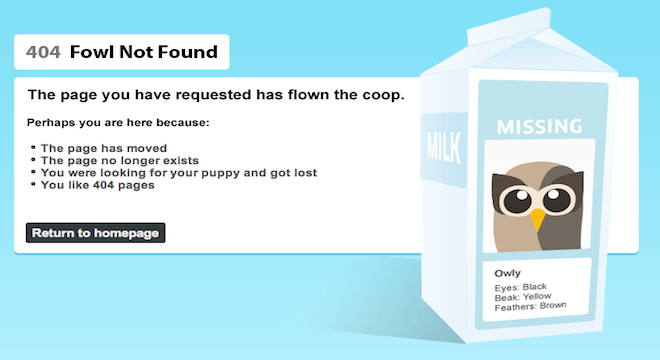Twitter on Friday quietly announced what could prove to be a major change in how millions of users access the service. Already, the announcement has caused career-focused social network LinkedIn to disable the ability to see users’ Tweets on its website.
After half-a-decade of allowing third-party software developers to build applications for viewing Twitter, in addition to other social networks or options, the San Francisco-based microblogging company is now cracking down on those very same developers, who arguably made Twitter more popular in the first place.
On Friday afternoon, Twitter’s director of product, Michael Sippey, posted a somewhat cryptic entry on Twitter’s blog for third-party developers explaining that the company had “begun to more thoroughly enforce our Developer Rules of the Road,” and would be soon “introducing stricter guidelines” around how said developers could use Twitter’s applications programming interface (API), the source code that allows the developers to have access to user account information and Tweets.
Sippey also specifically highlighted a quote from another Twitter engineer that third-party developers should avoid building “apps that mimic or reproduce the mainstream Twitter consumer client experience,” that is, developers should steer clear of putting out apps that look, feel and function similar to how Twitter’s own official website and mobile apps work.
The problem is, it’s unclear just how rigid Twitter is preparing to be with that edict: Do popular third-party companies such as HootSuite, which counts over 4 million users and offers desktop and mobile apps that allow those users to login to and publish on Twitter and Facebook at the same time, violate the new tougher policy? Seesmic, another popular app, or “client” as they are called, offers much the same functionality as Hootsuite, and both present information very similarly to Twitter, in vertical columns. Could it too fall under the chopping block?
HootSuite declined to comment, and Seesmic did not respond in time for this story.
One thing is clear: Already, the decision is having some harsh ramifications on the broader community of services and websites that previously relied on Twitter’s relatively freewheeling access to its information to bolster their own content.
Just minutes after Twitter’s announcement was posted online, LinkedIn’s head of content products Ryan Roslansky posted a mournful entry on the company’s official blog announcing that it would be immediately suspending the ability for users to see their own Tweets and those of their connections, although LinkedIn will still allow users to publish updates to both Twitter and its’ own website from LinkedIn, at least for now.
As Roslansky wrote:
“LinkedIn and Twitter have worked together since 2009 to enable the sharing of professional conversations on both platforms…
As Twitter shared earlier today in a blog post from Michael Sippey, they are increasingly focused on “providing the core Twitter consumption experience through a consistent set of products and tools.” Consistent with Twitter’s evolving platform efforts, Tweets will no longer be displayed on LinkedIn starting later today. We know many of you value Twitter as an additional way to broadcast professional content beyond your LinkedIn connections. Moving forward, you will still be able to share your updates with your Twitter audience by posting them on LinkedIn.”
LinkedIn did not respond to inquiries for more information at the time of this article’s publication.
But the suspension of its Twitter client is undoubtedly worrisome for the broader community of third-party clients, as LinkedIn’s app was far less a replacement for Twitter’s functionality than other apps such as HootSuite and Seesmic.
It also calls into question the continued viability of websites and apps that have taken Twitter’s existing functionality and added their own, wholly separate layers of content, structure and community on top of them, such as the website Favstar, which tracks the number of times a Tweet has been “starred” (also known as “Favorited”) by other users. Until Favstar came along in 2009, the Twitter star was a little-used and largely ignored feature.
“Gotta say I’m a little wary about the 4th paragraph in Twitter API’s new blog post,” tweeted Favstar’s creator, Tim Haines, referring to Sippey’s warning that the rules would get stricter. ”
Asked if Twitter had reached out to Haines personally, he told TPM: “No, they haven’t. I don’t really expect them to either.”
Twitter also declined to comment for this report.
The decision to crack down on third-party apps and access to Twitter information comes at a particularly pivotal time for the six-year-old microblogging network. Just hours before Twitter announced the new reign of tighter enforcement, the Wall Street Journal published a story detailing how Twitter, above even Facebook and Google, had recently found success at selling and getting users to engage with mobile Web advertisements in their Twitter streams.
In Sippey’s blog post, he also noted that the company’s recent decision to allow for expanded content, images and videos within selected organizations’ Tweets — content that exceeds the service’s own 140 character limit — was part of its new effort to “gives developers and publishers a way to tell richer stories on Twitter, directly within Tweets and drive traffic back to their sites.” It’s also clearly a new advertising opportunity, as well.






